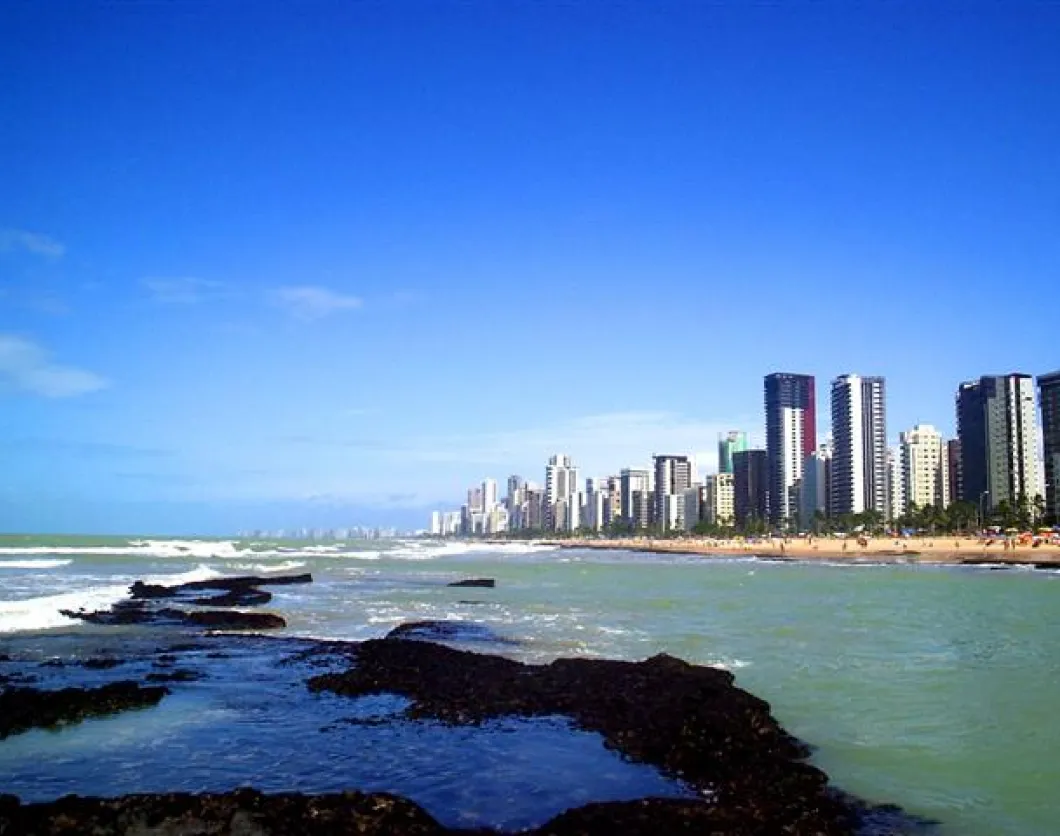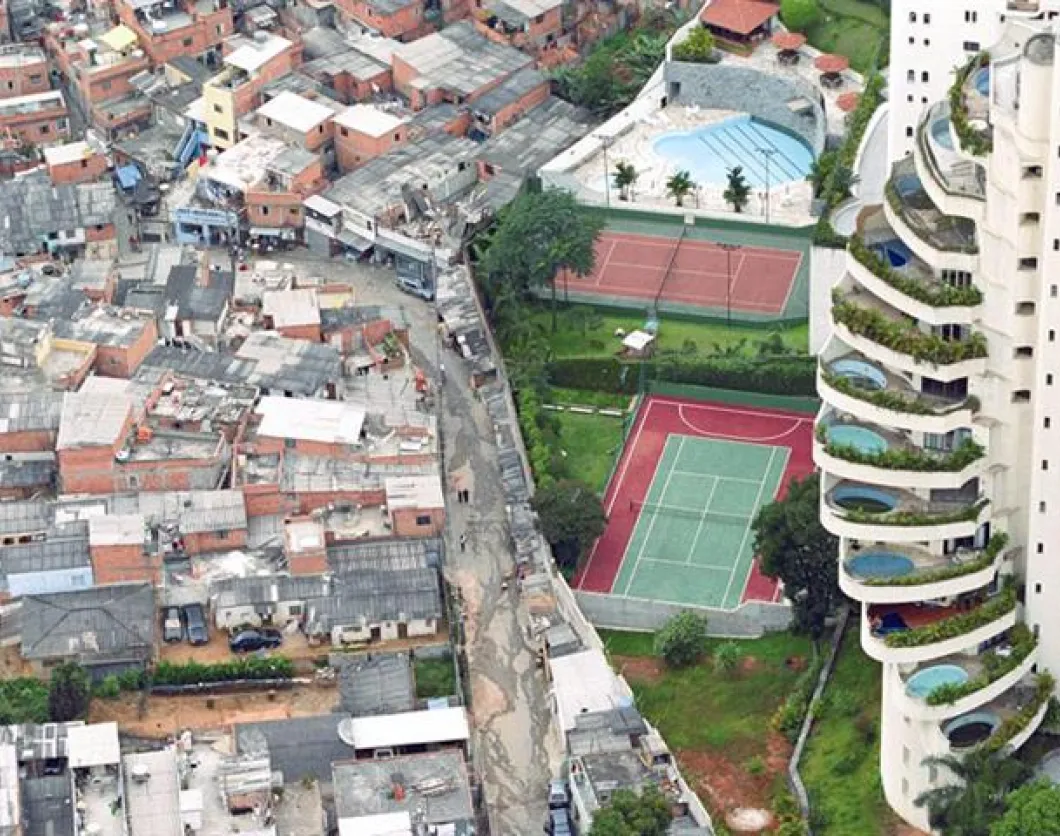Brazil is a country that continues to rate highly on the must-see lists of travelers with its sun-soaked beaches, stunning landscapes and vibrant culture and foreign tourists will be keen to travel to Rio in 2016 to see what sort of spectacle the city can create for the Olympic games.
The problem is that the country is struggling with poverty, protests and increased violence and official reports and guidelines, such as those from the British Foreign Office, make the country seem like a particularly scary place to visit. The truth is that while tourists need to be more aware of the threats and more cautious out in public, there is no need to avoid Brazil altogether.
Violent crime and theft is on the rise and tourists can be easy targets. Official statements give a stilted, bleak approach to the situation in Brazil because they have to present every eventuality but they can often make the situation seem so much worse. Violence is on the rise in cities and shanty-towns as tensions rise and desperation sets in, and it is true that firearms are sometimes involved with 42,000 fatal shootings having been reported in one year. A lot of this stems from the gang culture that has increased due to police crackdowns in the favelas. Shootings of unprepared tourists have occurred but the biggest concern is surely theft; there have been many cases of visitors being targeted for their money and jewelry and while this is often through mugging and pickpocketing, armed robberies have occurred too.
What should prospective visitors do to stay safe when traveling in Brazil? The best approach for travelers is to be aware of the incidents that have occurred and to simply use some common sense to lessen the risks. Where travelers go and how they get there is an important factor here. The favelas (shantys) should be avoided entirely and it is best to stick to supervised tourist spots in the major cities and beaches rather than stray off the beaten track in order to avoid violence. Tourists should use public transport where possible, as unlicensed taxi cabs are still a big problem, and the metro is seen as the safest option.
Sticking to the hotspots lessens the risk of violence but increases the risk of theft. Flaunting wealth through expensive jewelry, cameras and phones on show or large withdrawals at ATMs can draw unwanted attention from thieves so it is best to dress sensibly and take care with money and valuables, leaving the majority locked up in the hotel. Making reports and retrieving stolen goods is incredibly difficult so it is best to just not carry them at all.
Preparation and an understanding of the situation can go a long way. Government guidelines make Brazil and Rio sound like scary destinations but the right attitude and simple common sense approaches, many of which apply to any foreign country with crime risks, can make a big difference. Avoid the poorest areas with violent crime rates, stick to the tourist-friendly regions and travel light so pickpockets cannot steal too much. By staying safe in this way, and having a grasp of language and some identification for safe measure, tourists should still be able to enjoy Brazil's finer side and avoid the dangers.












